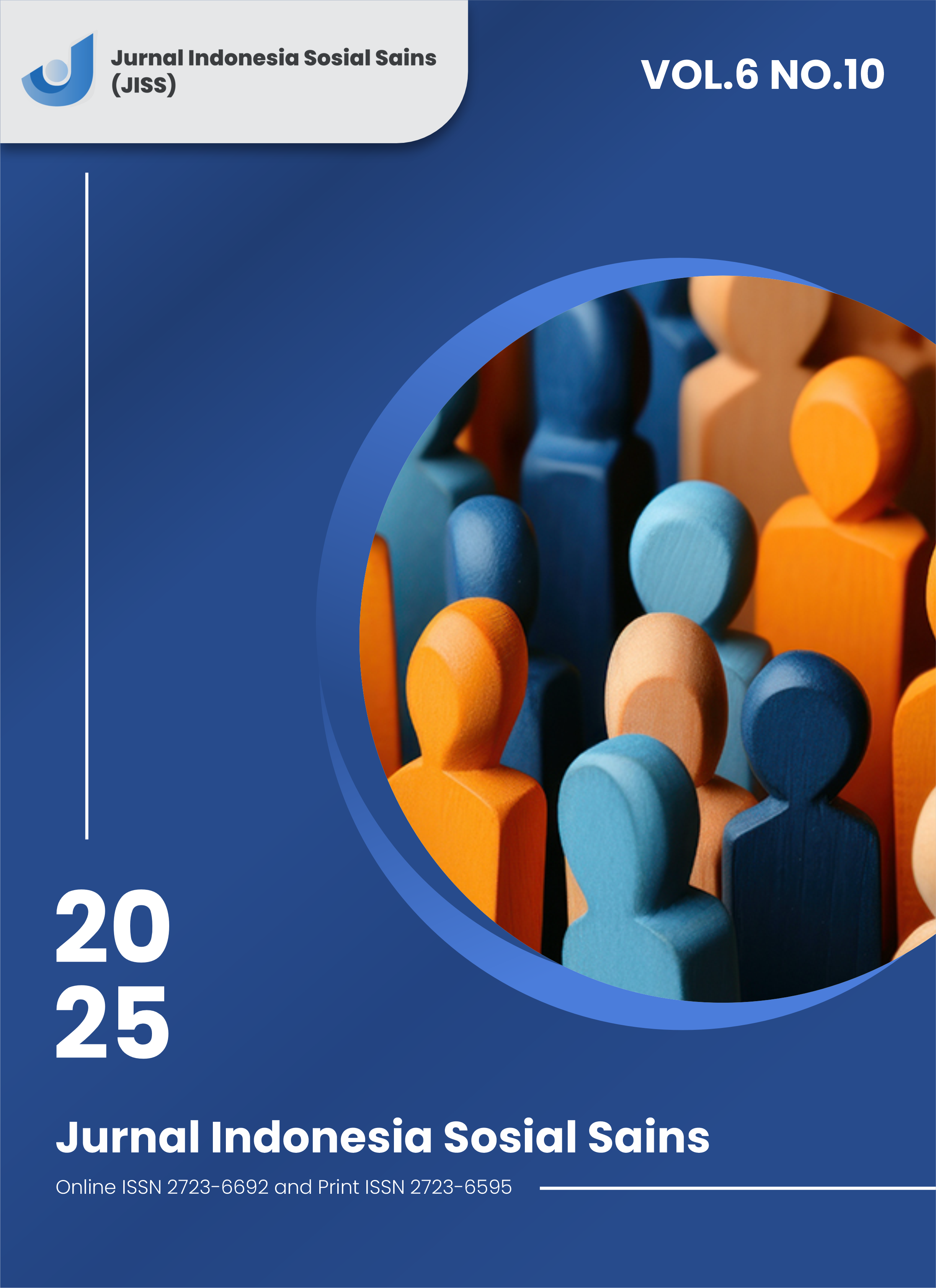Revitalization Of Aksara Jawa As A Cultural Identity Through Contemporary Typography Design
DOI:
https://doi.org/10.59141/jiss.v6i10.2056Keywords:
Javanese script, typography, blackletter, cultural revitalization, experimental designAbstract
The design of Javanese script in the blackletter style represents an exploration of typography that bridges local tradition with global aesthetics. By adapting key principles of blackletter such as bold vertical strokes, contrasting thick-and-thin modulation, and diamond-shaped serifs, the Javanese script undergoes a significant visual transformation. The results demonstrate a shift in character from curvilinear, fluid, and organic forms toward a more rigid, monumental, and Gothic expression. In terms of legibility, this adaptation presents challenges due to the condensed letter structure and narrowed counters; however, aesthetically, it introduces a new visual dialectic that enriches the field of typography. Beyond its function as a reading medium, this style also holds potential for application in contemporary graphic design, such as posters and book covers. Thus, the blackletter-inspired Javanese script can be positioned not only as an experimental typographic design affirming cultural identity, but also as a contribution to the revitalization of Javanese script in the contemporary era.
Downloads
Published
How to Cite
Issue
Section
License
Copyright (c) 2025 Yohanes Andri Hervian Yunanto, Vinsensius Ipung Kristianto

This work is licensed under a Creative Commons Attribution-ShareAlike 4.0 International License.
Authors who publish with this journal agree to the following terms:
- Authors retain copyright and grant the journal right of first publication with the work simultaneously licensed under a Creative Commons Attribution-ShareAlike 4.0 International. that allows others to share the work with an acknowledgement of the work's authorship and initial publication in this journal.
- Authors are able to enter into separate, additional contractual arrangements for the non-exclusive distribution of the journal's published version of the work (e.g., post it to an institutional repository or publish it in a book), with an acknowledgement of its initial publication in this journal.
- Authors are permitted and encouraged to post their work online (e.g., in institutional repositories or on their website) prior to and during the submission process, as it can lead to productive exchanges, as well as earlier and greater citation of published work.












